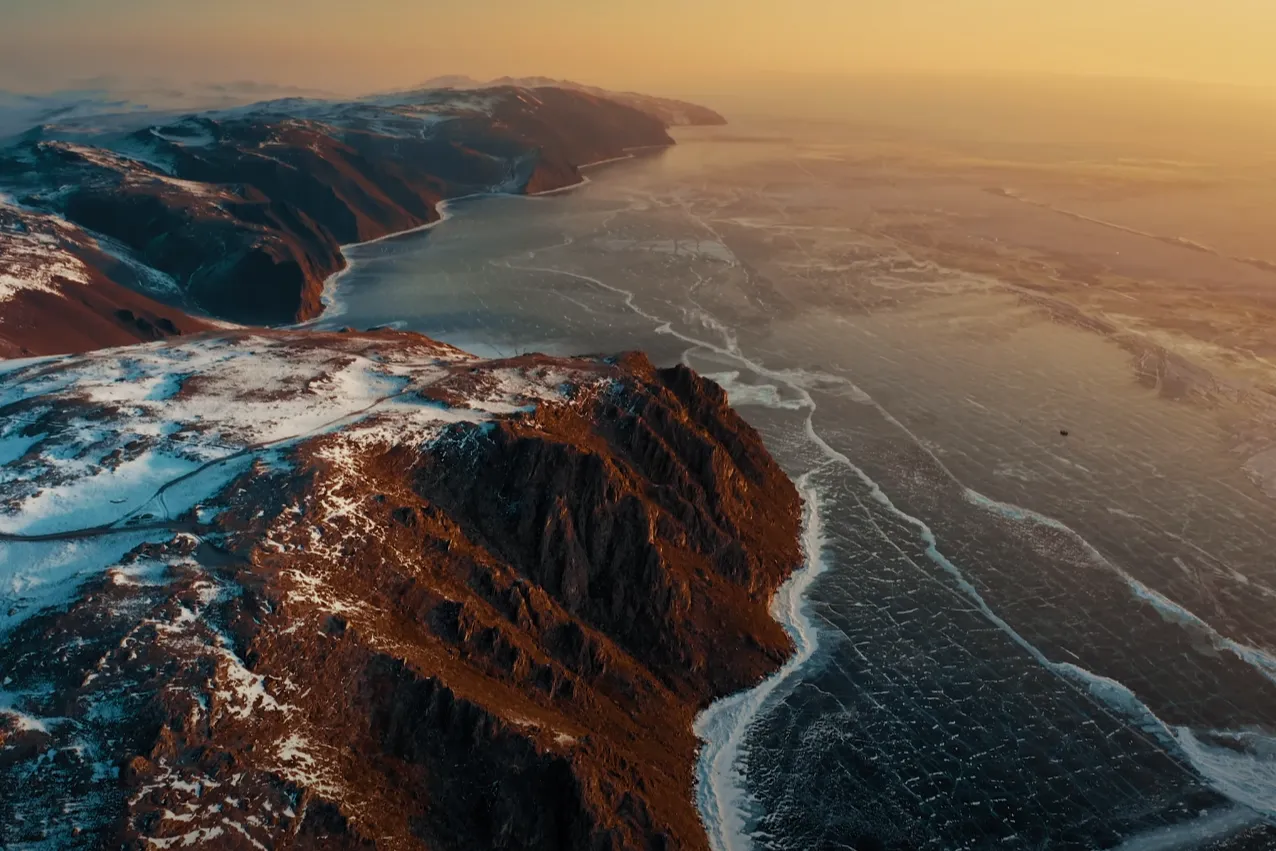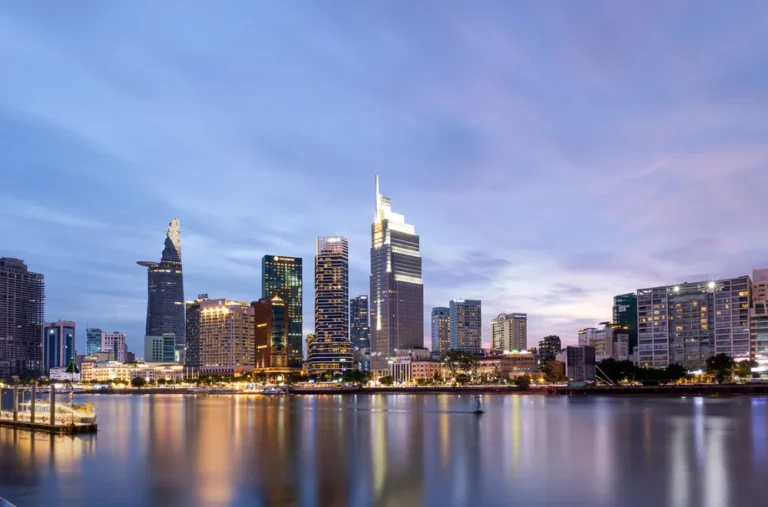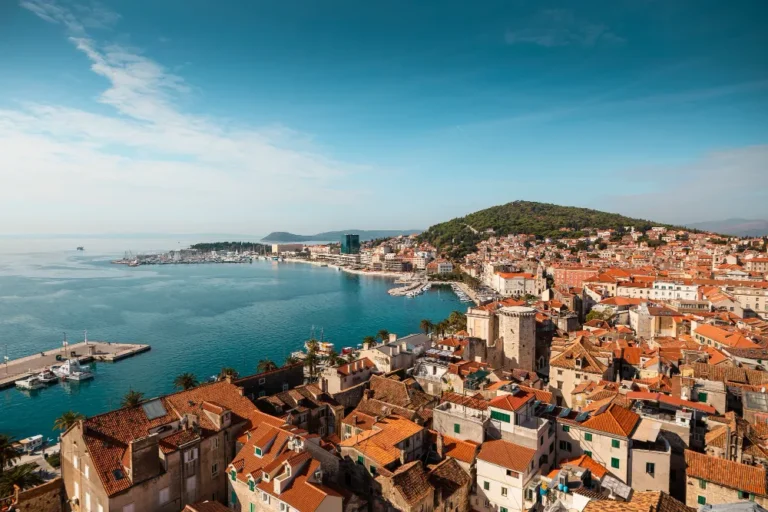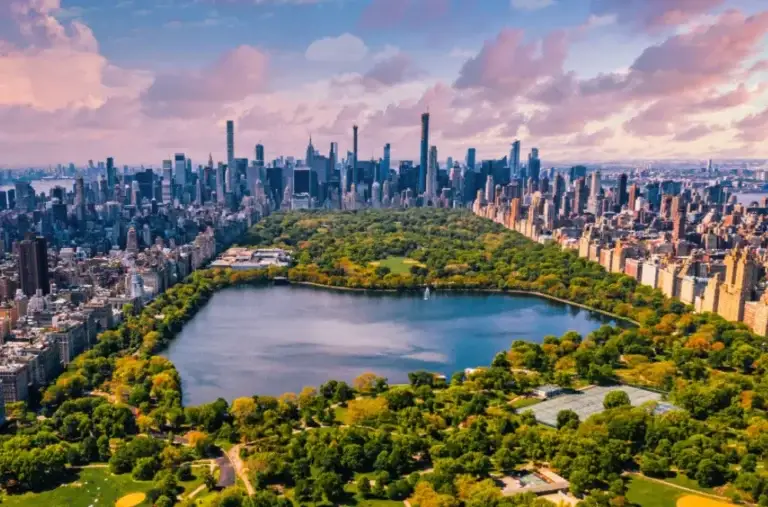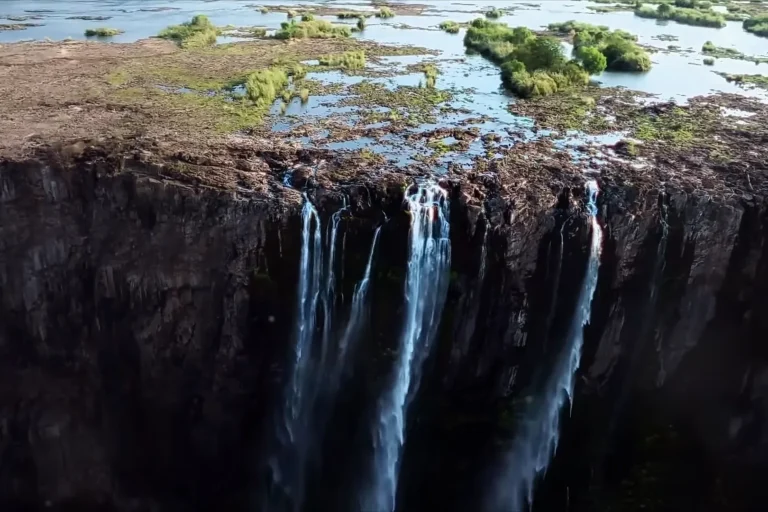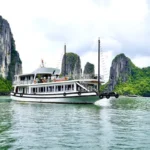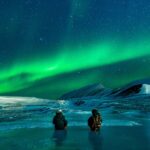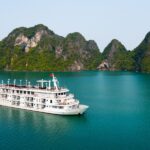

Caption: The mesmerizing blue ice of Lake Baikal in winter.
Introduction
Have you ever dreamed of visiting a place where nature’s beauty seems almost unreal? Welcome to Lake Baikal—a breathtaking natural wonder that holds the titles of the deepest and oldest freshwater lake on Earth. Located in Siberia, this UNESCO World Heritage Site is not just a lake; it’s a scientific marvel, an adventurer’s paradise, and a spiritual sanctuary for the indigenous Buryat people.
In this blog, we’ll take you on a journey through:
✔ Mind-blowing facts about Lake Baikal
✔ Its unique wildlife and pristine ecosystem
✔ The best time to visit and top attractions
✔ Cultural significance and local traditions
✔ Essential travel tips for your Siberian adventure
Ready to explore? Let’s dive in!
Table of Contents
Why Lake Baikal is a Natural Wonder
1. The Oldest Lake on Earth (25–30 Million Years Old!)
Unlike most lakes that last a few thousand years, Lake Baikal has existed for 25–30 million years. Scientists believe it was formed by tectonic activity, and it continues to widen by about 2 cm per year.
2. The Deepest Lake in the World (Deeper Than the Eiffel Tower!)
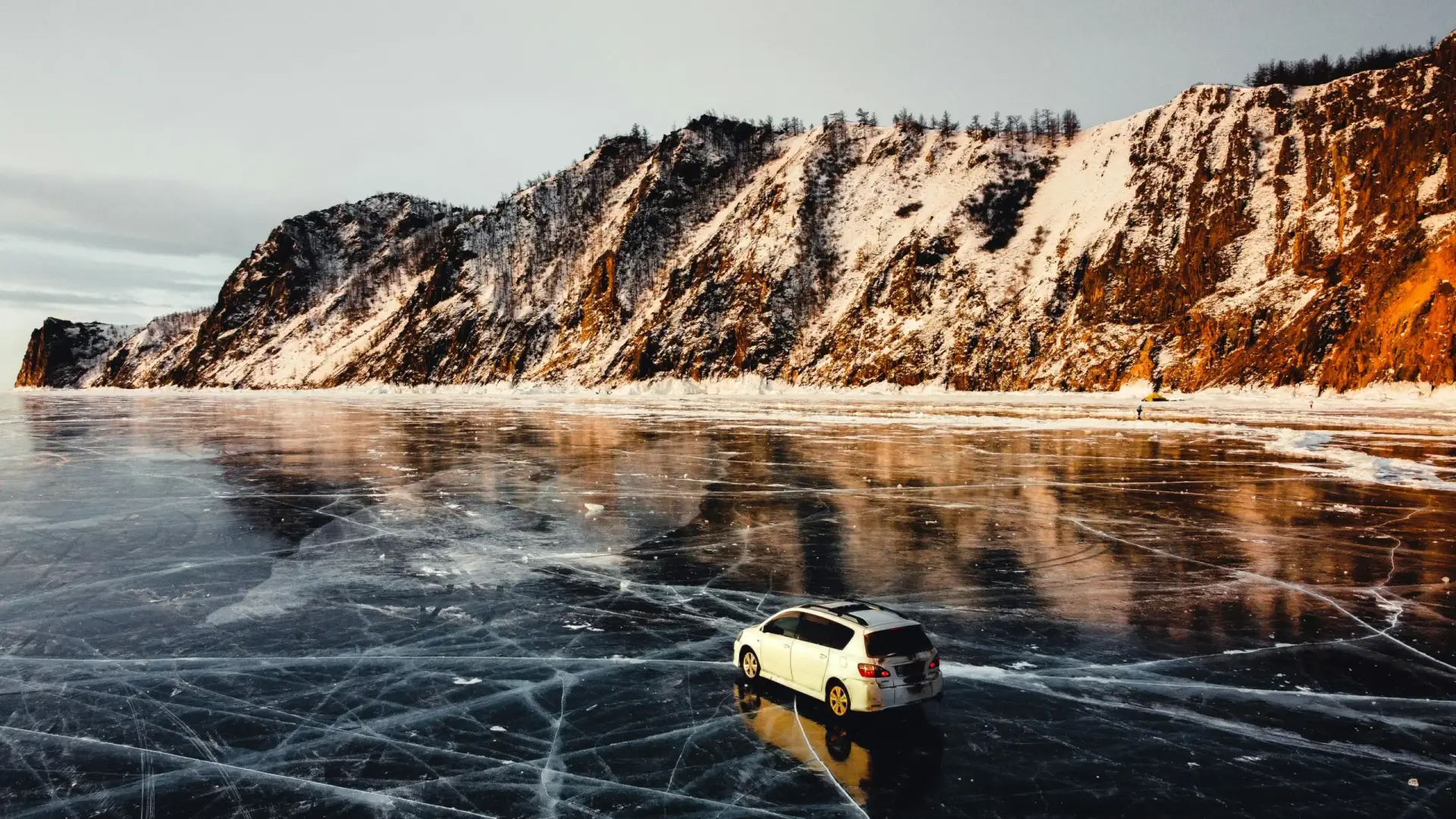
With a maximum depth of 1,642 meters (5,387 feet), Baikal is deeper than the Eiffel Tower stacked four times. To put it in perspective, if you dropped Mount Everest into Baikal, its peak would still be underwater by over 1 km!
3. Holds 20% of the World’s Unfrozen Freshwater
Baikal contains 23,615 cubic kilometers of water—more than all of North America’s Great Lakes combined. Its water is so pure that locals drink it straight from the lake!

4. Home to Thousands of Unique Species
Over 80% of Baikal’s wildlife is endemic, meaning they’re found nowhere else. The most famous resident? The Baikal seal (nerpa), the only freshwater seal in the world.
The Magic of Baikal’s Ecosystem
The Baikal Seal (Nerpa): The Lake’s Cutest Resident

Caption: The adorable Baikal seal, the only freshwater seal species. Photo: Getty Images
How did seals end up in a landlocked lake? Scientists believe their ancestors swam from the Arctic Ocean millions of years ago when rivers connected to Baikal. Today, about 100,000 nerpas call the lake home.
The Mysterious Golomyanka Fish
This translucent, scaleless fish thrives in Baikal’s deepest, coldest waters. Unlike most fish, it gives birth to live young instead of laying eggs!
Nature’s Water Filter: Baikal Epischura
These tiny crustaceans act as the lake’s natural cleaning crew, consuming algae and keeping the water crystal clear.
When to Visit Lake Baikal? (Best Seasons & Activities)
☀️ Summer (June – August) – For Hiking & Swimming
✔ Weather: 15°C–25°C (59°F–77°F)
✔ Best for: Kayaking, trekking, and exploring Olkhon Island
✔ Don’t miss: The Baikal Ice Marathon (March) for hardcore runners

❄️ Winter (December – March) – A Frozen Fairy Tale
✔ Highlights: Transparent blue ice, ice caves, and dog sledding
✔ Unique experience: Walking or driving on 2-meter-thick ice
✔ Pro tip: Visit in February for the clearest ice formations

🍂 Shoulder Seasons (April–May & Sept–Oct) – For Solitude
Fewer crowds, but some roads and ferries may be closed. Perfect for photographers!
Must-See Places Around Lake Baikal
1. Olkhon Island – The Soul of Baikal

Caption: Shamanka Rock, a sacred site for the Buryat people. Photo: Unsplash
- Shamanka Rock: A spiritual site where shamans perform rituals
- Khoboy Cape: Stunning cliffs with panoramic lake views
- Local legend: Believed to be the home of Baikal’s spirits

2. Listvyanka Village – Gateway to Baikal
- Baikal Museum: Learn about the lake’s unique ecosystem
- Chersky Stone: Hike for breathtaking views
- Fish markets: Try smoked omul fish, a local delicacy
3. Circum-Baikal Railway – A Scenic Adventure
A historic train route with tunnels, bridges, and dramatic cliffs along the lake’s edge.

4. Great Baikal Trail – For Hiking Enthusiasts
A network of trails offering some of the best views of the lake.
Cultural Treasures of Lake Baikal
The Buryat People: Guardians of Baikal
The indigenous Buryat community considers the lake sacred. Their shamanic traditions and Buddhist influences add a mystical aura to the region.
Must-Try Local Dishes
🍢 Omul fish – Smoked or grilled, a Baikal specialty
🥟 Buryat Buuz – Juicy meat-filled dumplings
🍵 Sagan-Daila tea – A local herbal drink believed to boost energy

How to Get to Lake Baikal
✈️ By Air
Fly into Irkutsk (IKT), the nearest major city (5–6 hours from Moscow).
🚂 By Train (Trans-Siberian Railway)
A bucket-list journey! Stop at Irkutsk or Ulan-Ude, then take a bus to the lake.
🚗 Local Transport Tips
- Summer: Ferries to Olkhon Island
- Winter: Ice roads (!) connect villages
Responsible Travel: Protecting Baikal’s Future
Lake Baikal faces threats from pollution, climate change, and tourism pressure. Here’s how you can help:
♻️ Avoid single-use plastics
🦌 Respect wildlife (keep distance from nerpas!)
🏡 Stay in eco-friendly guesthouses
Final Thoughts: Why Baikal Should Be on Your Bucket List
Whether you’re drawn by its scientific wonders, outdoor adventures, or spiritual energy, Lake Baikal is a destination like no other. It’s a place where time stands still, nature thrives, and legends come alive.
Have you visited Lake Baikal? Share your experiences in the comments!
Discover Lake Baikal, the world’s deepest & oldest lake! Explore wildlife, best travel tips, and top attractions in this ultimate guide.


